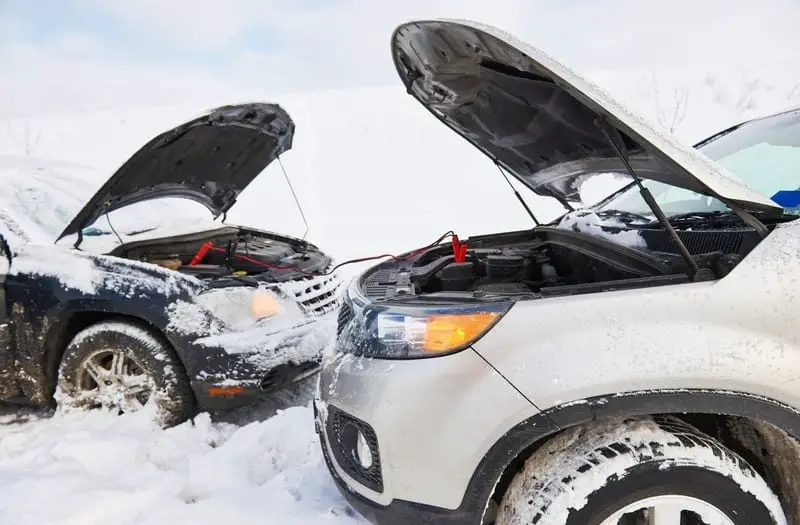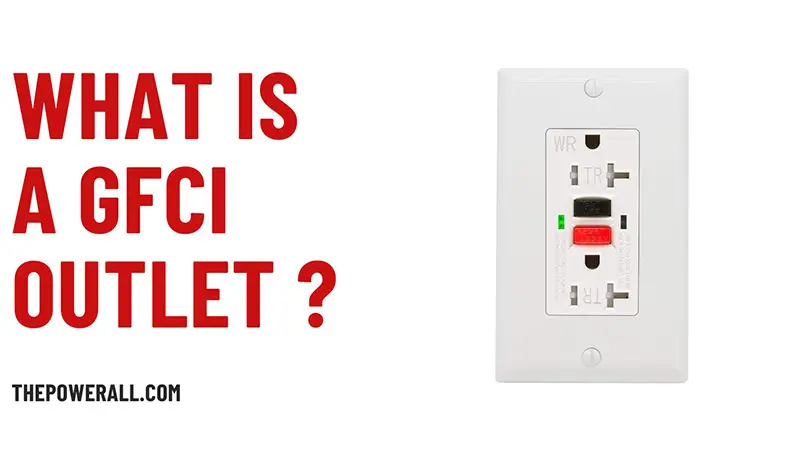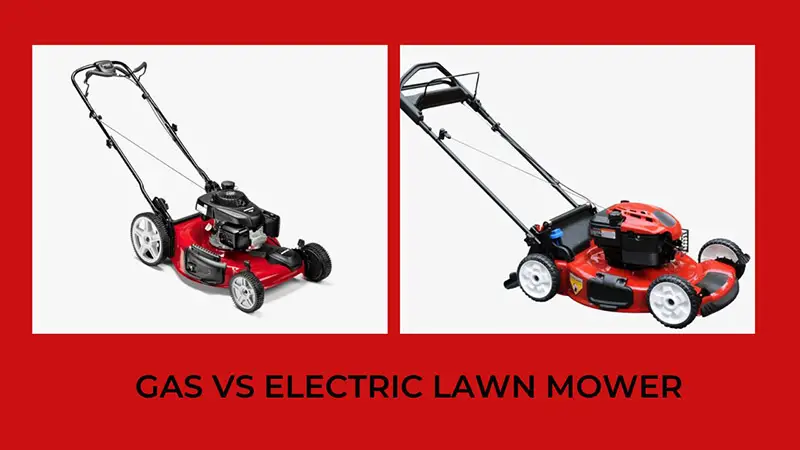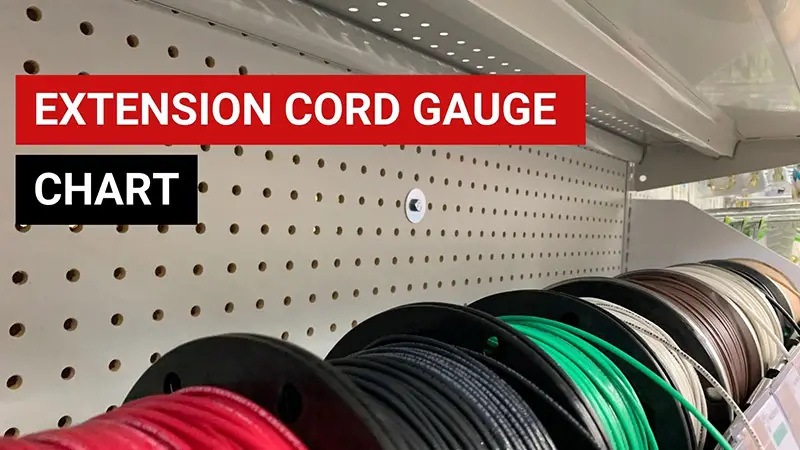Cold temperatures and harsh environments always hinder your cars from well-performing. Any driver may dread if their truck or car suddenly breaks down on the roads someday. Significantly, the engine often gets challenging to start at low temperatures.
Besides, we will unveil what can determine the high-qualified CCA and the advisable CCAs number for your engine. Scroll down to explore!
What Are Cold Cranking Amps?
Cold-cranking amps (CCA) refer to the battery’s ability to crank an engine in low-temperature or cold climates.
It tells you how much energy your battery uses to start the vehicle at a low temperature of 32 F (0°C). Cold weather impedes the engine’s starting up and operation. That’s why a CCA was born: it can measure how well a battery performs in harsh conditions.
In particular, it reckons how many amps a fully-charged and new battery creates in 30 seconds at the battery voltage of 1.2 volts or higher. For instance, a cold battery equipped with a CCA rating of 200 can generate 200 amps in 30 seconds at 0°C (32F).
Overall, a CCA works similarly to the cranking amps (CA), yet it fits for the low temperature of 32°F (0°C). Typically, the CCA’s resulting amps number is lower than the CA’s.
Above is all about the meaning of cold-cranking amps. Here comes the explanation of the origin of “cranking amps”. It derives from a hand crank that used lots of strength to start the vehicle’s engine. Notwithstanding, it’s tricky and pretty dangerous.
Until 1915, Cadillac invented the electric motor titled “cranking amps” to support the starter batteries. This time also marked the car battery industry’s evolution, notably the motor racing industry.
Why Do Your Batteries Die In Cold Environments?

First off, moderate temperature impacts the original battery’s chemical reaction and engine fluids. In particular, low temperatures cause the vicious lead-acid battery or engine oil viscosity. The engine can start more difficult due to the increasing impedance and internal resistance.
The cold temperature lowers the battery’s voltage and limits the electrical current power. Due to low temperature, the thicker engine oil can’t pump through the engine block. From there, your car will get into trouble while starting.
Also, cold weather prolongs the time of engine starting, putting more strain on the automotive battery, and leading to more fuel and energy consumption.
Grasping your powerful battery’s CCA rating well will benefit you much. You are able to deal with performance matters. Of note, a battery with more cold cranking amps will deliver more power and make the engine stronger to face all types of conditions.
Here are some sure signs of dead batteries:
- The check engine light is on
- The engine can’t start fast and adequately
- The lights are dim, or you encounter many electrical issues
- The connectors get corroded
- The battery emits rotten smells, more or less
- The battery case is misshapen
- The battery ages, it looks old gradually over the long run
Once your car battery gets one of these signs, it’s time to replace or fix it. In contrast, your car will have poor performance in the worst conditions, making you stuck in danger and inconvenience on the roads.
How Many Cold Cranking Amps Do I Need?
The engine’s size will determine the CCAs’ required number. A standard vehicle battery needs at least one CCA for each engine displacement’s cubic inch (two CCAs for diesel engines).
Engine displacement measures the air’s displacement from pistons’ movement inside the cylinder. The distance the pistons travel and the number of cylinders influence the air’s displacing level. You don’t need to calculate this value yourself, as the cold cranking amp will help you.
The engine type and battery type determine the number of cranking amps. A battery with 400-500 CCAs will be perfect for average-size cars, like compact SUVs or light trucks. CCAs rating of 150 will go well with a small engine size. Meanwhile, more oversized or heavy trucks and vehicles will require CCAs with a higher rating of around 1000.
A petrol engine needs fewer cold cranking amps than a diesel one. Also, the CCA for the battery is often more potent than the cranking amp for the car’s jumping start.
Remember that a jump starter often sticks to a power bank for accessories and a built-in torchlight. They run together to deal with and circumvent dead batteries effectively.
See more: How Many Amp Hours Is A Car Battery
What Are Good Cold Cranking Amps?
The climate plays a crucial role in picking the best amps for your car. In areas with sub-zero temperatures, your car will prefer a higher CCA rate. For vehicles in warm climates, you need to ensure the CCA reaches at least the battery manufacturers’ requirements.
An appropriate CCA meets or exceeds the engine and current battery’s specifications (refer to the vehicle manual). Your car doesn’t have enough power to operate if going with a lower CCA battery. Conversely, a higher option isn’t good as it’s money-wasting and unnecessary.
There are millions of options for cranking amps and battery brands. It makes sense if you have a good deal with affordable products but still meets the engine’s requirements. Shop around and consult experts to have the best deal for you!
Last but not least, dead or poor batteries will lose or alleviate the cold-cranking amps number. Your car, thus, quickly gets trouble with an out-of-date battery once the temperature drops.
In other words, a low battery power influences the CCA’s number over time. When you notice the lower CCA number as required, consider replacing or repairing the battery to ensure your safe traveling and effective car performance.
Wrapping Up
By and large, the cold cranking Amp battery (CCAs) can aid in controlling cars in colder temperatures better. No one wants to get hassles while starting the cars, so equipping your engine with CCAs is worth it! They will help you track the battery’s status and tell you the time for battery repairs or battery replacement.
Still, keep in mind that CCAs work perfectly with new, fully-charged batteries.
Be wise to choose the CCAs that fit your battery model. Hopefully, what we shared above will please your desire and demand. Share it with anyone facing the same questions.









0 Comments